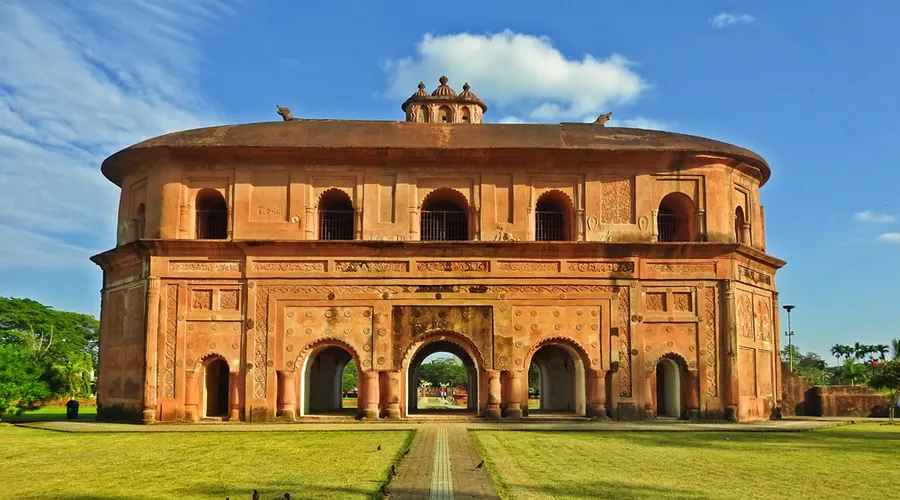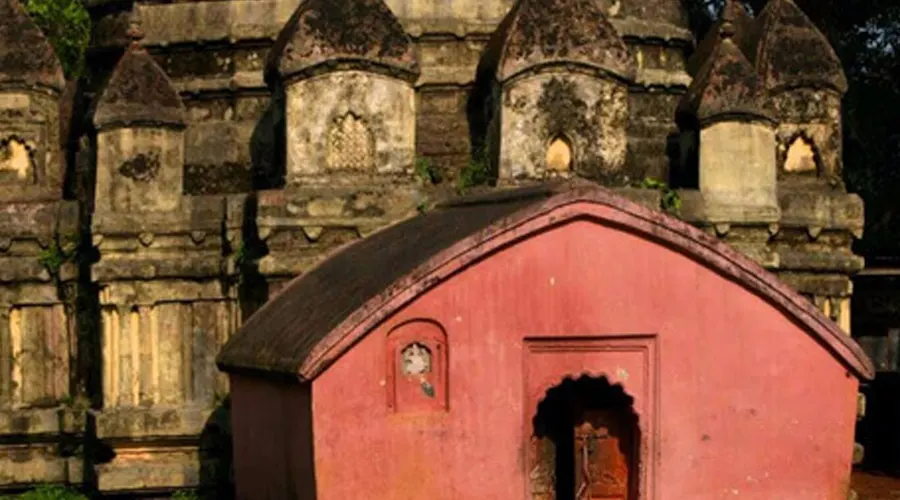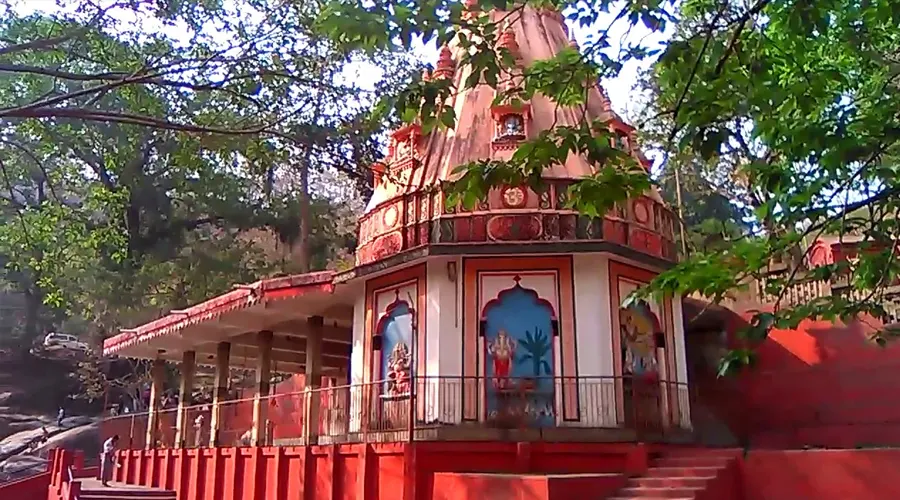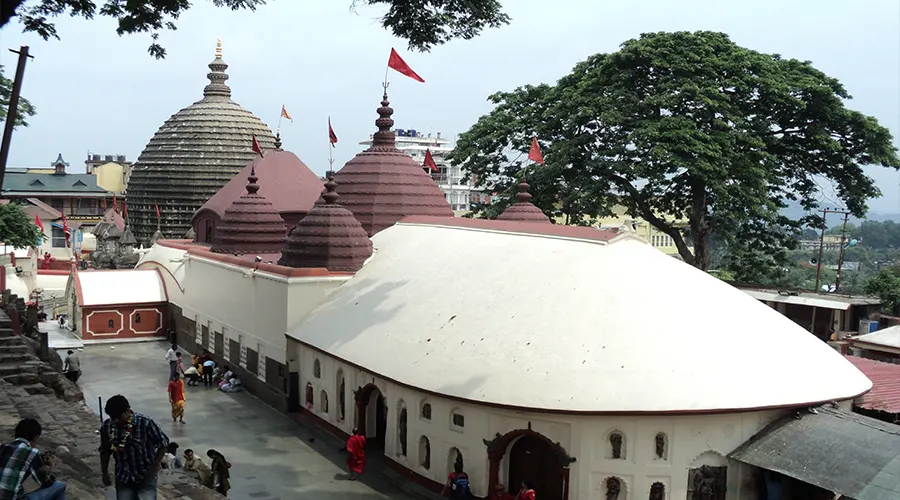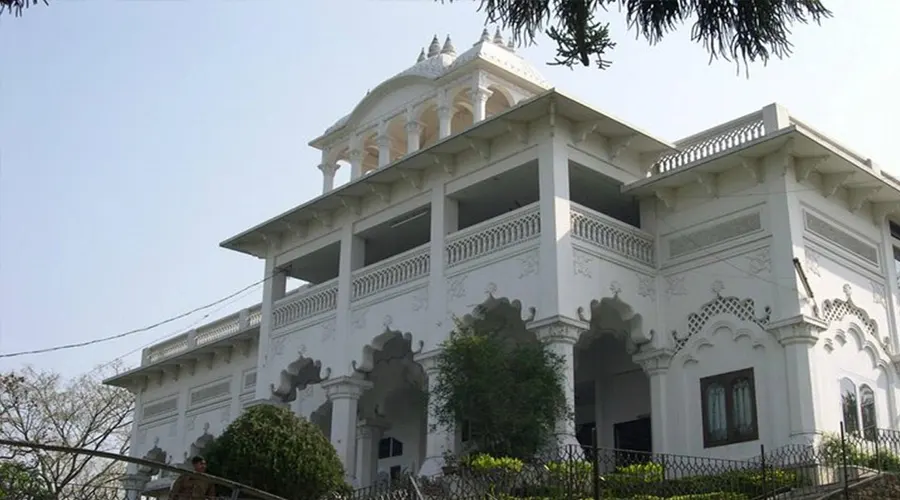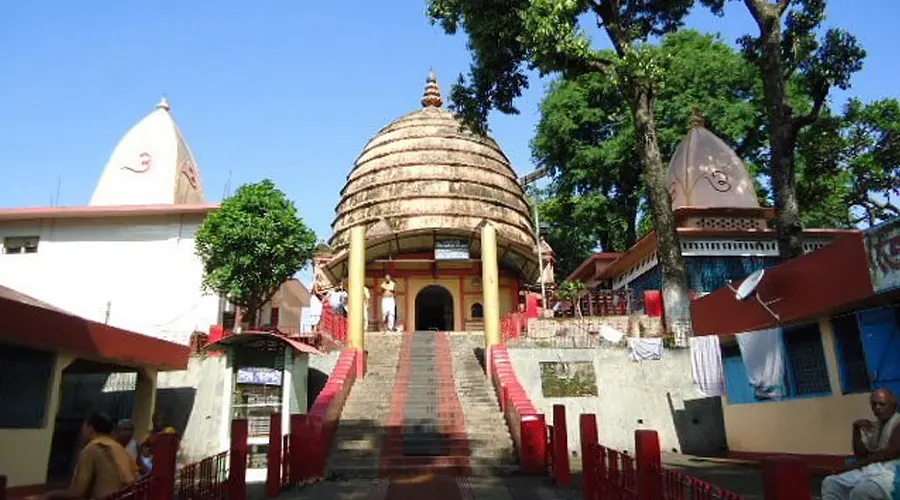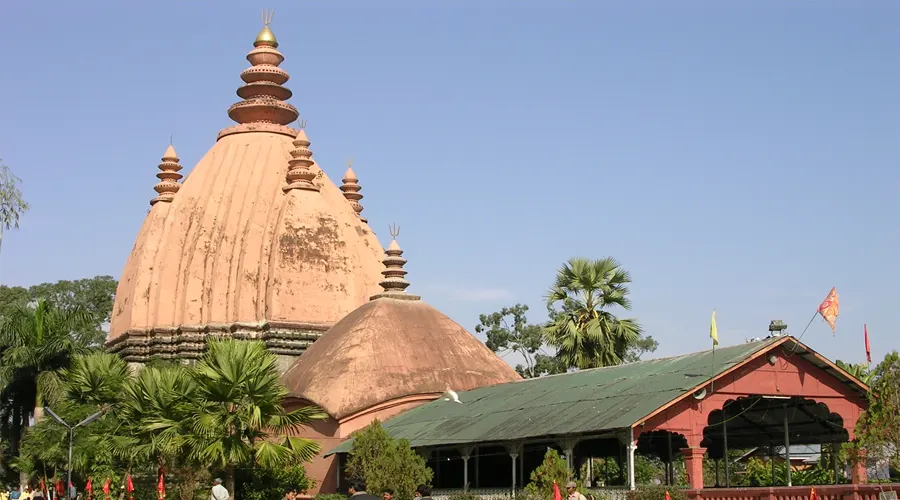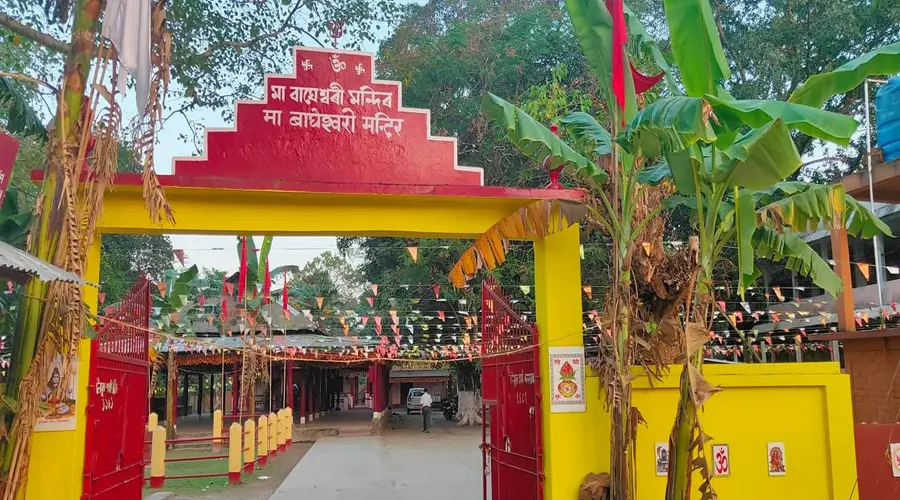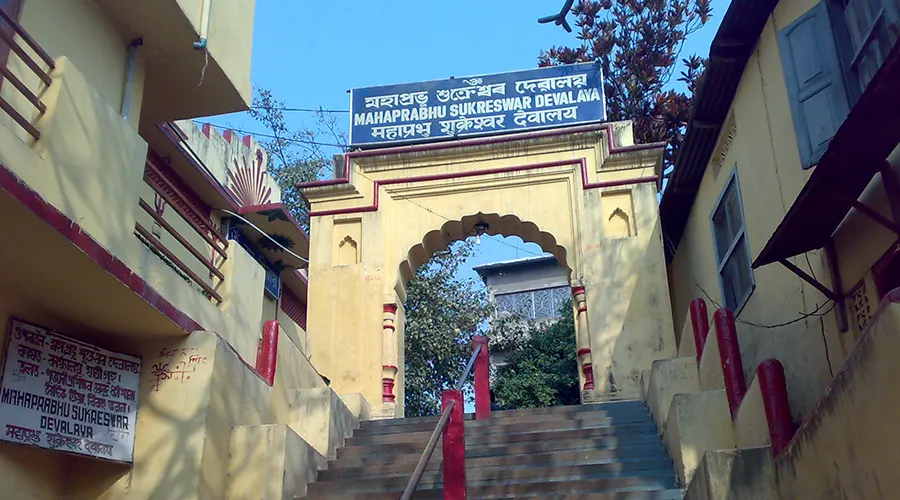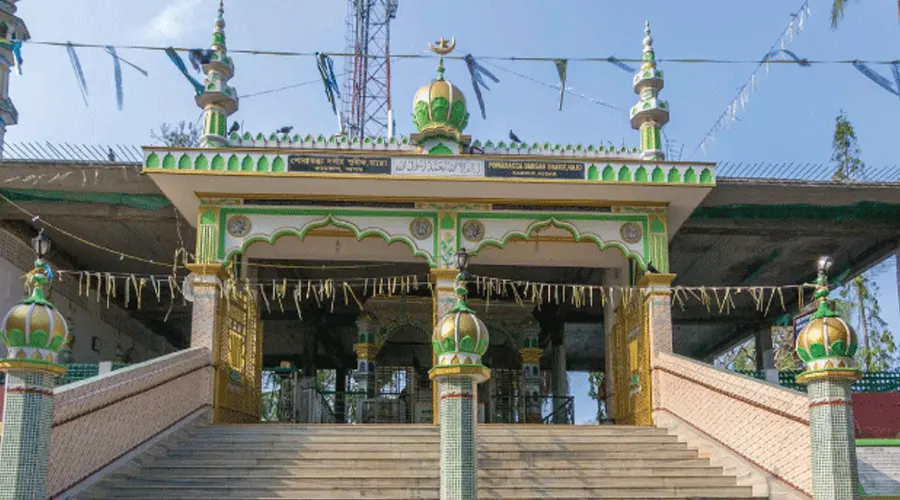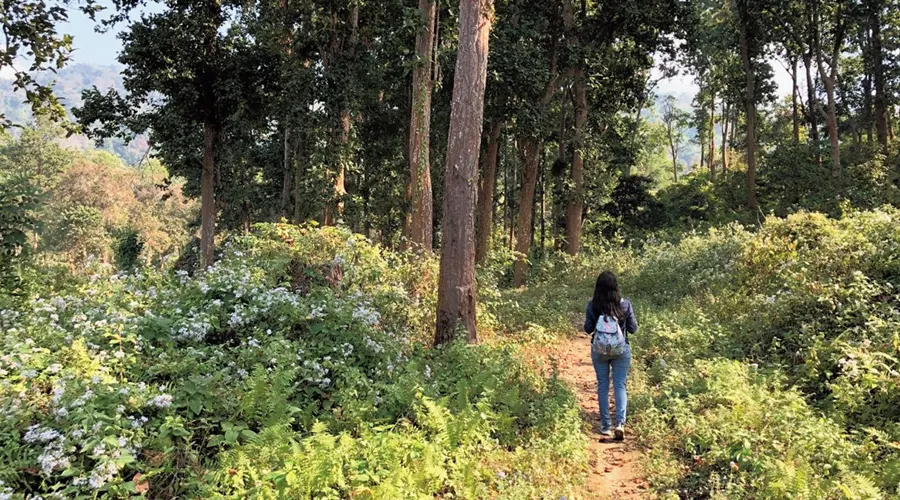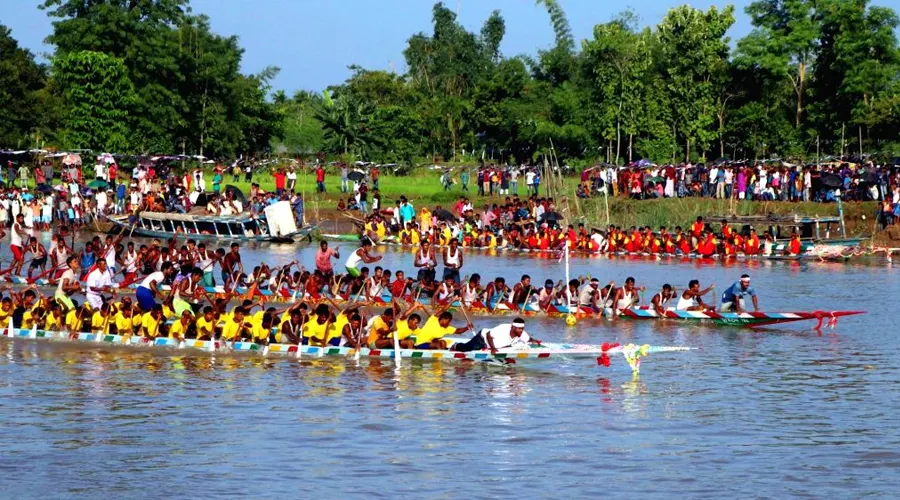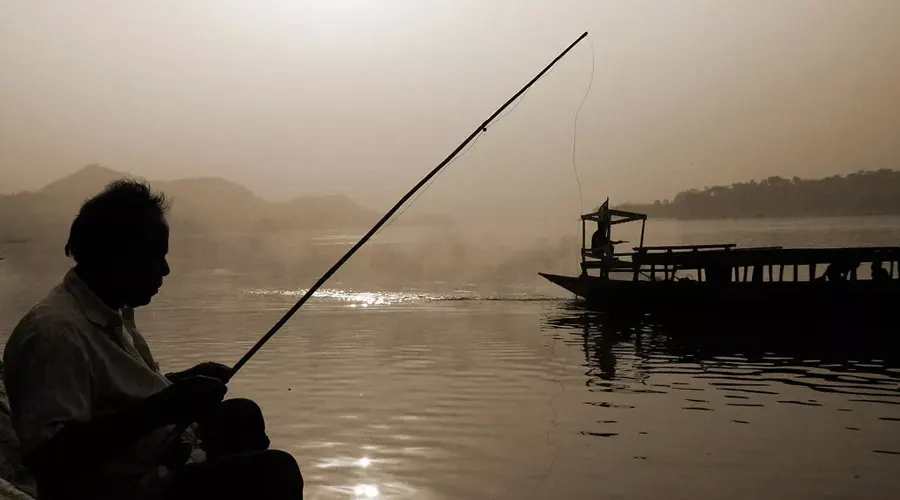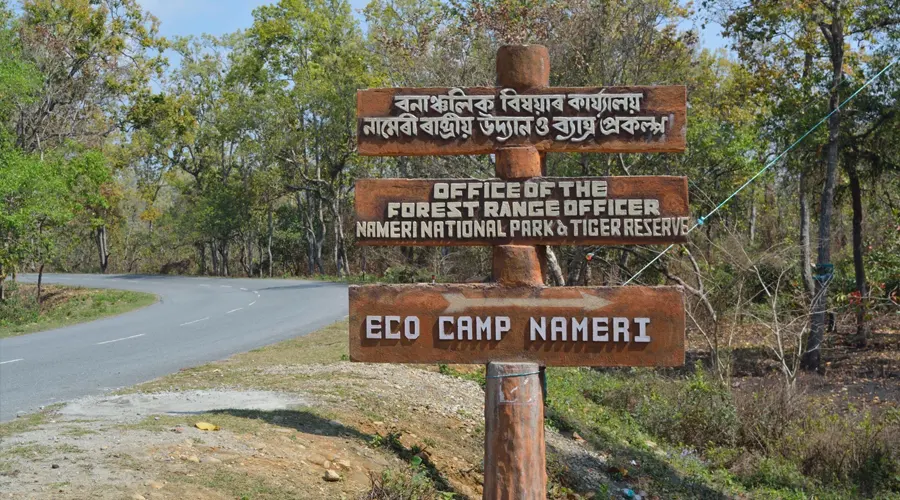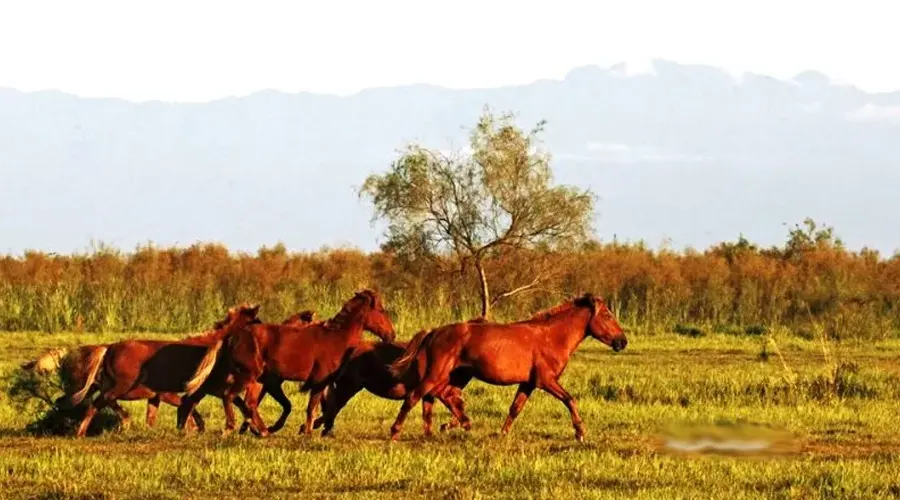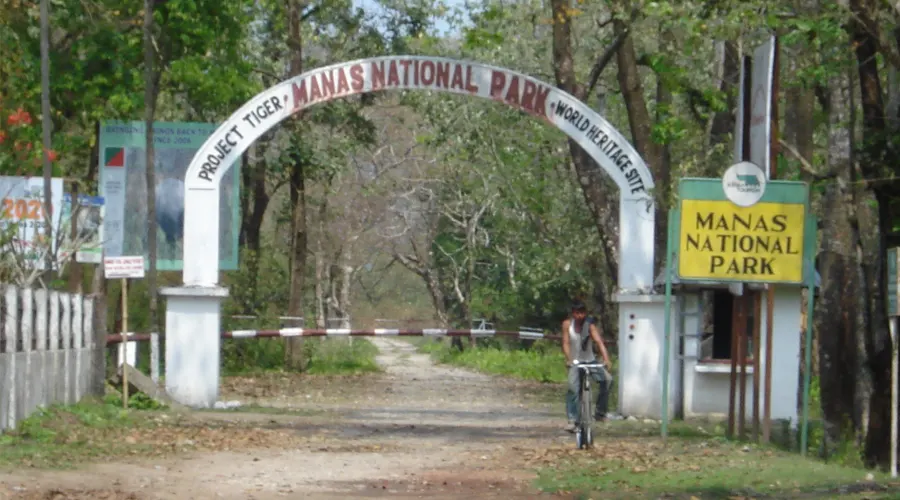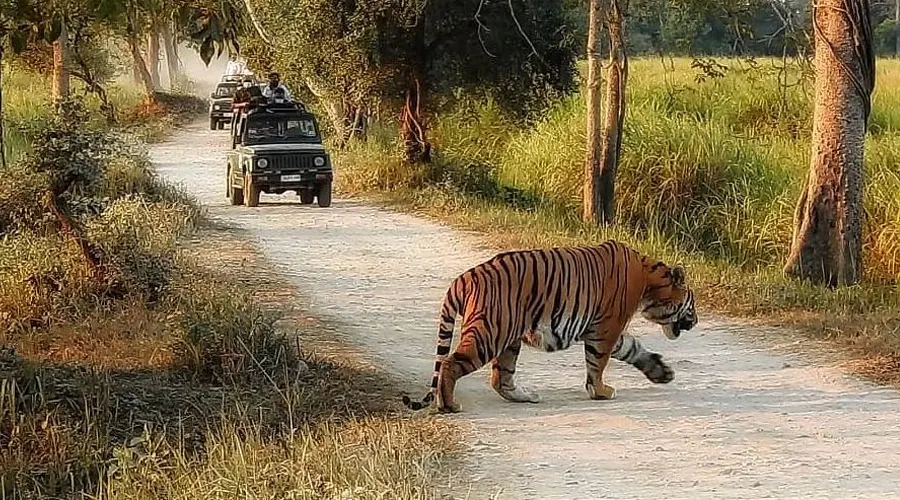Rang Ghar
Often referred to as the 'Colosseum of the East', Rang Ghar is one of the oldest surviving amphitheaters in Asia. It is located near Rangpur Palace at a distance of 3 km from Sibsagar or Sivasagar town. The name translates to 'House of Entertainment' and dates back to 1746 A.D. when the Ahoms used to rule present-day Assam. This monument is an important edifice reflecting the architectural precision and grandeur of that time.
Originally, the two-storied building was built by Ahom ruler Swargadeo Pramatta Singha to be used by Ahom kings and nobles for witnessing sports like buffalo fights and other sports held at the adjoining Rupahi Pathar. It served as a royal sports pavilion, particularly during the Rangoli Bihu festival. Owing to its rich historical importance, Rang Ghar was used as a logo for the 33rd National Games held in Assam in 2007.
History
According to historical facts, the entertainment house of the Ahom Dynasty is the oldest sports pavilion in Asia which in turn has made it historical. It is believed that the site was a regular hub of the kings to watch Buffalo fights, elephant fights, etc. the construction of the outdoor stadium was commissioned by Swargadeo Pramatta Singha during the time 1744-51, and just after its construction, it became the site to rejoice the moments of life. The construction of the amphitheater not only describes the enthusiasm of the local people but then it defines the process of development of Assam during the phase of the Ahom Dynasty and because of its presence people recognize Assam as a state of historical importance. One must remember the fact that after its construction and regular program it started influencing its neighboring provinces and soon sports, amusements along with heralds of culture became the folio of the local people. Owing to its historical importance the Rang Ghar was concluded as the logo of the 33rd national games.
Architecture
With a height of 10 meters, Rang Ghar is a brilliant specimen of the Ahom style of architecture, made exclusively of baked red bricks, and hence is of supreme importance to archaeologists and historians. The base of the structure is composed of a series of entrances, and its roof is shaped like an Ahom long royal boat. Sculpted stone crocodiles can also be found adorning the top of the ceiling. The exterior of this grand building has an eclectic melange of exquisitely carved floral and geometrical patterns.
Unaware of the uses of actual cement, the Ahoms used thin baked bricks and an indigenous form of cement made of rice paste and eggs, the rice called Maati Maah Assamese, and a fish named Borali Mach. It is the same kind of mortar used for the construction of Talatal and Kareng Ghar. Needless to say, the quality of the ingredients was top-notch since the building has survived the wrath of nature on countless occasions.
As you walk inside this majestic structure, you will come across arches adorned with captivating sculptures. Rang Ghar has a vast ground, also known as Rupohi Pathar, which is its most striking architectural feature. Earlier, wrestling, cockfights, and bullfights were organized here, but it is now a manicured and groomed field that looks irresistible when gazed upon from the top of the building. There is a small flight of stairs inside the hall that will lead you to the top. It was at this place that the dignitaries and royals used to relish the special programs and events held at Rang Ghar.

